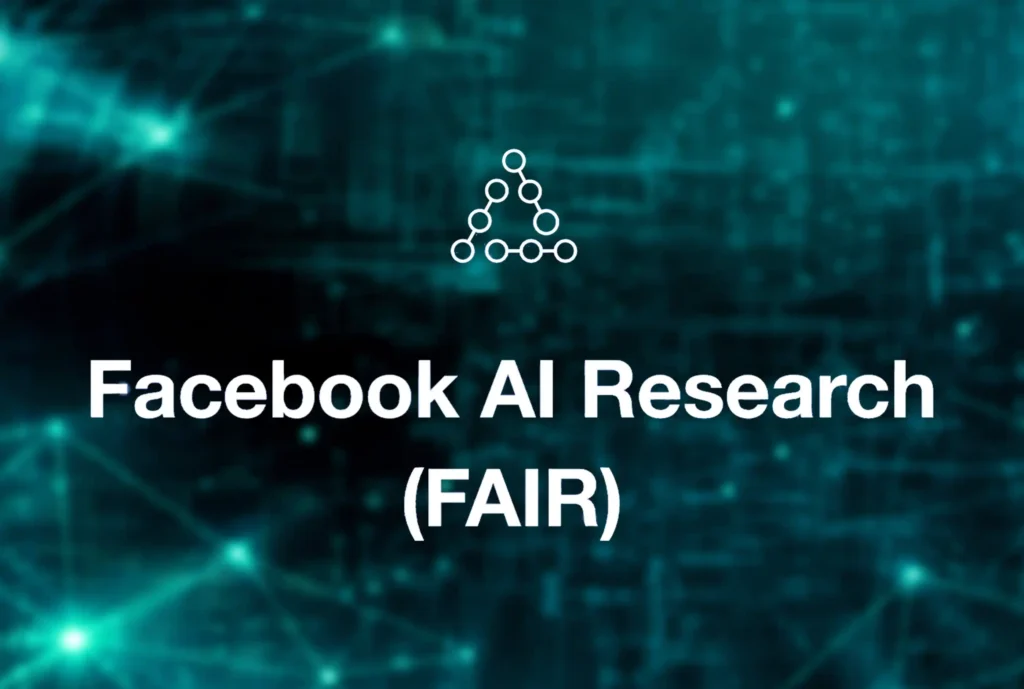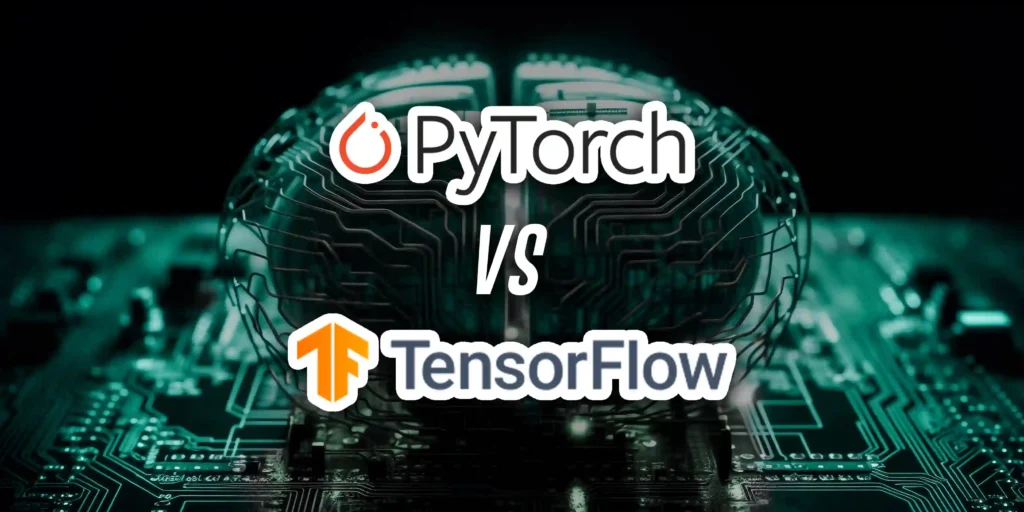Two very potent tools in the interesting fields of machine learning (ML) and artificial intelligence (AI) are TensorFlow and PyTorch. These frameworks help researchers and developers in developing and improving AI models. Which is superior, though? To find out, let’s analyze TensorFlow with This AI language in detail!
What is PyTorch?
Facebook’s AI Research lab (FAIR) developed the open-source machine learning framework of this AI technology. It is known for its dynamic computational graph capabilities, adaptability, and ease of use. This AI language is a favorite with researchers and developers due to its user-friendly programming interface, which has gained importance.

What is TensorFlow
Another well-known open-source machine learning framework created by Google Brain is TensorFlow. It provides strong support for deep learning models, distributed computing, and production deployment, and has been used in many different AI applications. TensorFlow is well-known for its broad community support and scalability.
Installation and Configuration
PyTorch: Depending on your hardware, this AI technology can be installed with ease using options for GPU or CPU support. Installing this AI language and getting started with creating ML models may be done fast with pip or conda.
TensorFlow: Installing TensorFlow can be quite difficult, particularly if you want GPU support. You can also use pip or conda, but you might need to take extra steps to set up GPU dependencies.
Programming Interface
PyTorch: PyTorch makes use of dynamic computation graphs, which makes debugging simpler and more flexible. Because of its Pythonic syntax, both beginner and experienced developers can use it.
TensorFlow: Like PyTorch, TensorFlow adopted eager execution in version 2.x, departing from its initial application of static computation graphs. A high-level interface for creating and training neural networks is provided by TensorFlow’s Keras API.
Model Construction and Directions
PyTorch: During model training, Porch’s dynamic graph provides on-the-fly modifications, which facilitates experimentation and troubleshooting. Studies and idea prototypes are better off using it.
TensorFlow: In previous versions, static graph execution was enhanced for distributed computation and production performance. TensorFlow 2. x has fast execution, making it easier to use for quick model modification and development.
Ecosystem and Community
PyTorch: This AI technology has an active community of researchers, developers, and enthusiasts. Libraries such as torch text for natural language processing (NLP) and torch vision for computer vision tasks provide strong support for it.
TensorFlow: TensorFlow includes a vast ecosystem consisting of TensorFlow Lite for mobile and edge devices, TensorFlow Extended (TFX) for production pipelines, and TensorFlow Hub for reusable machine learning modules.
Usage and Manufacturing
PyTorch: For more efficient production pipelines, This AI language models can be implemented utilizing tools such as PyTorch Lightning. It works well for workflows from research to production, but large-scale deployments would need more optimization.
TensorFlow: TensorFlow Lite for mobile and IoT devices, TensorFlow.js for browser-based applications, and TensorFlow Serving for scalable model deployment are just a few examples of how TensorFlow’s production capabilities are demonstrated. It works well with installations at the enterprise level.
Scalability and Performance
PyTorch: Because of its dynamic nature, prototyping, and trying can be completed a little bit quicker. Yet, for distributed training and scalability, manual optimizations could be necessary.
TensorFlow: In previous versions, TensorFlow prioritized distributed computing and scalability over static graph execution. It finds a mix between usability and performance with TensorFlow 2. x and quick execution.
Use Cases and Industry Adoption
PyTorch: Due to its adaptability and simplicity of usage, This AI language is well-liked in educational and research settings. It has been widely used in research on computer vision, reinforcement learning (RL), and natural language processing (NLP).
TensorFlow: TensorFlow is widely used in industry applications, particularly in fields such as banking, healthcare, cloud services, and driverless cars. It’s a great option for enterprise deployments due to its scalability and production readiness.
FAQS
PyTorch and TensorFlow both have their strengths, but PyTorch is often considered easier to learn and use due to its dynamic computational graph and Pythonic syntax, making it more intuitive for beginners and researchers.
PyTorch and TensorFlow are two strong deep learning frameworks, each having advantages over the other. PyTorch is known for its dynamic computational graph, which helps prototyping and research. For scalability and production-level projects, TensorFlow is the best choice due to its well-established ecosystem and support for production deployment.
Popular frameworks for deep learning are PyTorch and TensorFlow. Researchers like PyTorch because of its focus on flexibility and dynamic computing graphs. TensorFlow has become popular in industrial contexts because it provides scalability and production capability. They both perform well on machine learning tasks, but their use cases and design ideas are different.
Conclusion
Both TensorFlow and PyTorch are strong machine-learning frameworks with different applications and advantages. Your unique needs, the requirements of the project, your expertise with the programming interface, and the deployment environment will all play a role in your decision. This AI language‘s dynamic and flexible nature makes it an excellent tool for study, experimentation, and quick prototyping.
But TensorFlow is a solid option for enterprise-level applications due to its scalability, production capabilities, and wide ecosystem. Assess your priorities, try out both frameworks and take use of their advantages to make full use of AI and ML in 2024 and beyond!
